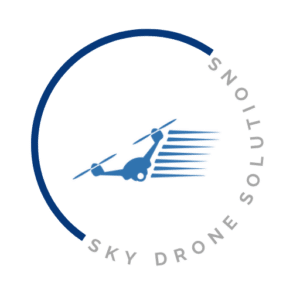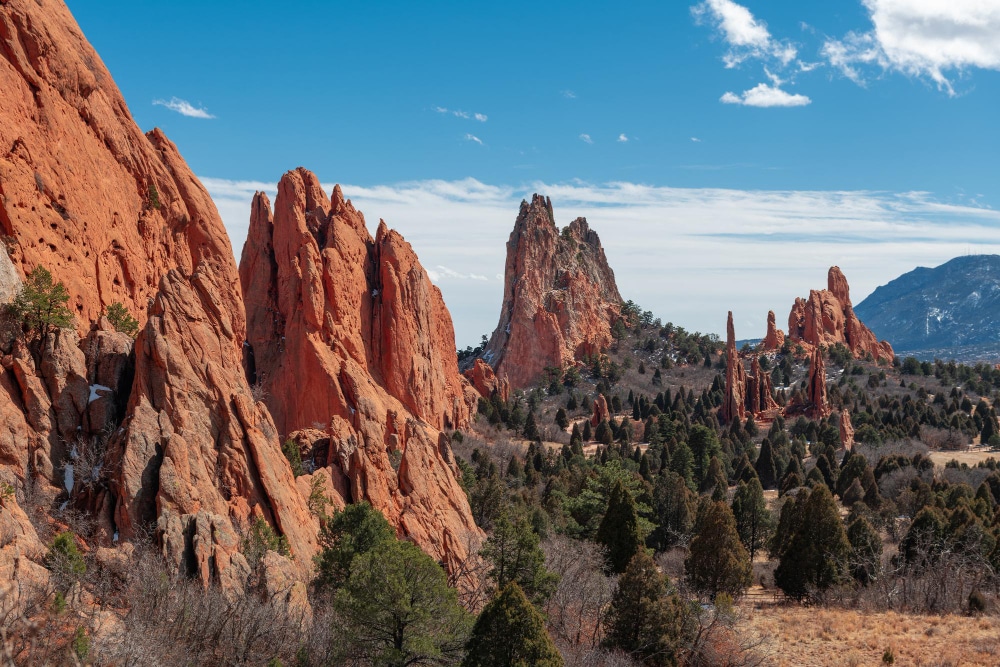Flying Drones in Colorado Springs
Colorado Springs is one of the most beautiful places in the country. If you are a drone pilot in the area, you might ask yourself, where can I fly my drone in Colorado Springs?
With so many things to do and see, it’s no wonder why it’s such a popular tourist destination.
But what about flying your drone, even for licensed drone pilots? Where can you go? What are the drone laws?
Keep reading to find out more.
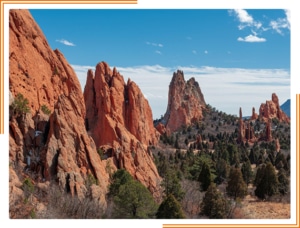
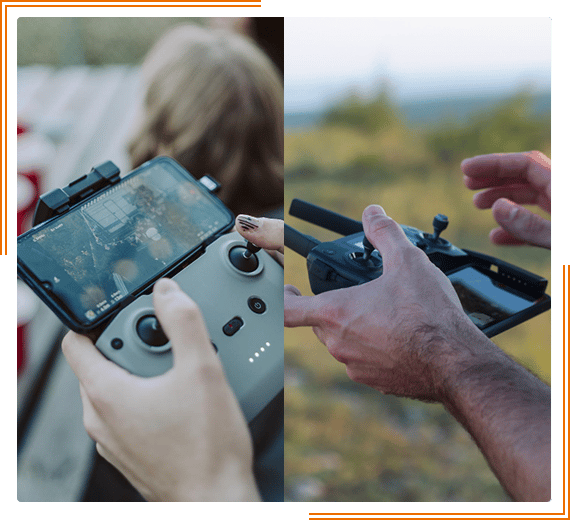
Can I Fly a Drone at Garden of the
Gods?
Garden of the Gods is a popular tourist destination in Colorado, known for its surreal rock formations and views of the Rocky Mountains. The area is also popular with hikers, climbers, and picnickers.
Drones have become increasingly popular recently as hobbyists and businesses have begun using them for photography and videography.
However, there are many places where drones are not allowed due to safety or privacy concerns.
So, can you fly a drone at Garden of the Gods? The answer is yes – but there are some restrictions in place.
First, in order to fly a drone in Garden of the Gods, you must have a permit. Permits are only issued during certain parts of the year, November through April, and only 50 per year are granted. No permits are issued during peak season.
Second, once you have a permit issued to you, you must follow the guidelines of the hours in which drones are allowed to be flown, as well as making sure to avoid making contact with any wildlife or rock formations.
Given these guidelines, there can be a few hoops to jump through to fly a drone at Garden of the Gods, but it is not impossible.
Where Can I Fly Drones in
Colorado?
Drone enthusiasts in Colorado have a lot of options when it comes to where to fly their drones. With its sweeping mountains, deep canyons, and winding rivers, the state offers a variety of landscapes to explore.
While there are some restrictions on where drones can be flown (including near airports and wildland fire areas), there are also many designated drone flying areas.
Find A Good Place For Drone Flights
For example, the Rocky Mountain National Park is a great place to take in the natural beauty of Colorado while getting some practice flying your drone. Another area is Fort Collins.
Similarly, the Carson National Forest offers several scenic locations for drone photography.
However, parks, trails and open spaces do require a proper license, permit and proof of liability insurance in order to fly there. The pilot must keep proof of their permit and supporting documents on them at all times during their set up and flight.
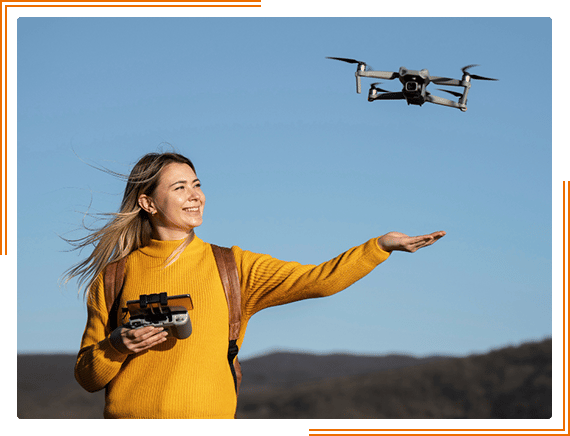
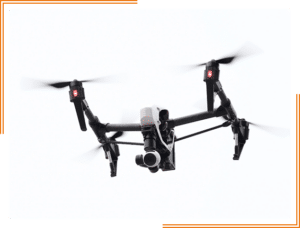
Is it Illegal to Fly a Drone Over Private Property in Colorado?
According to drone laws In Colorado, flying a drone over someone else’s private property is generally illegal without their permission.
This is because drones can capture images and videos of people and property, which could violate their privacy.
There are some exceptions to this rule, such as if the drone is being used for business purposes or flying over public land, but may require a permit to do so. A pilot should always check the regulation in an area before flying their drone there.
Which Drone is Best for
Recreational Use?
There are a lot of drones on the market these days, and it can be hard to know which one is right for you. If you’re looking for a drone to use for recreation, there are a few things you’ll want to keep in mind. First, consider the size of the drone.
Next, think about the features you want. If you plan to fly it indoors, you’ll want something small and lightweight. For outdoor use, you can go with a larger model.
Some drones come with built-in cameras, while others have more basic functionality.
Choose The Right Drone
Choose the drone that has the right mix of features for your needs. Finally, make sure to read up on reviews before making your purchase.
This will help you understand which drones are well-made and which tend to have issues.
With these things in mind, you should be able to find the perfect drone for your recreational needs.
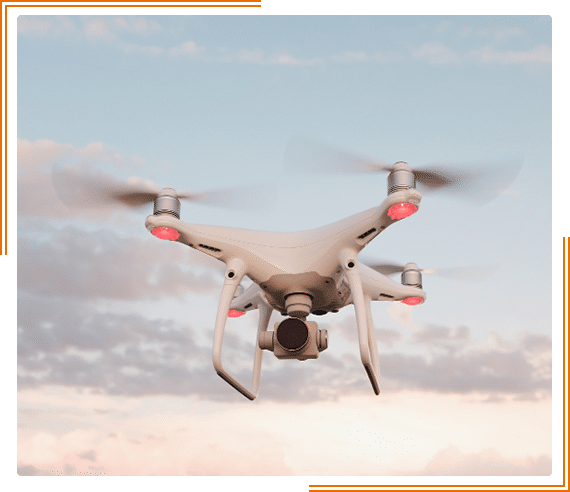
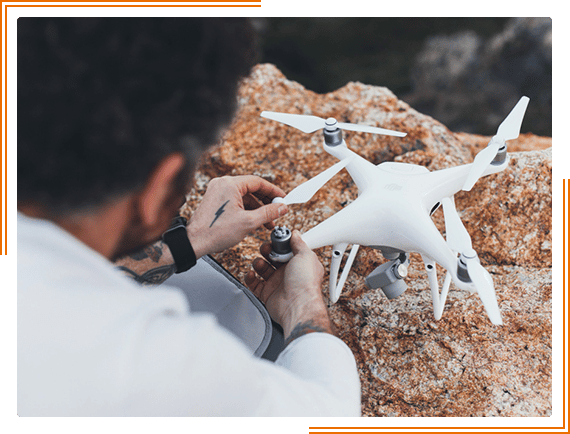
Can you Fly Drones in Colorado Springs?
Colorado Springs is a great place to fly drones! There are many open spaces where you can get a good view of the landscape, and the city is also home to several drone racing clubs.
In addition, the city has recently launched a drone lab to help promote the use of drones for commercial purposes.
Yes, there are restrictions.
However, there are some restrictions on where you can fly drones in Colorado Springs. For example, you cannot pass within five miles of an airport without prior approval from the FAA. Permits are also required in many locations.
In addition, drones are not allowed to fly over specific landmarks, such as the US Air Force Academy or Pikes Peak.
To learn more about flying drones in Colorado Springs, check out the city’s drone regulations before you take off!
The question of where I can fly my drone in Colorado Springs should always be top of mind before deciding on a location.
Colorado Springs Drone Rules: Tips for Drone Use in the Pikes Peak Region
Colorado Springs is known for its breathtaking scenery, which includes the towering Pikes Peak. The city is also home to a growing drone community, and many rules and regulations are in place to ensure safe and responsible drone use. Here are some tips for flying drones in Colorado Springs:
Where can I fly my drone in Colorado springs
1. Be aware of your surroundings. Before takeoff, take a few minutes to familiarize yourself with the area. Look for obstacles like trees, power lines, and other aircraft.
The Federal Aviation Administration (FAA) has strict rules in place for drone use.
2. Follow the rules. When flying in Colorado Springs, stay within your line of sight, avoid restricted airspace, yield to other aircraft and have a permit where required.
3. Respect privacy. Avoid taking photos or videos of people without their permission. Remember that drones can be equipped with cameras, so respect other people’s privacy.
4. Know your limits. Flying a drone can be challenging, even for experienced pilots. If you’re new to drone flying, start with small, simple flights in an open area. As you gain more experience, you can branch out into more complex maneuvers and environments.
Following these simple tips and drone laws can help ensure everyone can enjoy the skies safely and responsibly.
Five Tips for Safely Flying a Drone Near Trees or Other Obstructions
Flying a drone is one of the most exciting and fulfilling experiences especially in Colorado state parks, but it also carries some inherent risks if you’re not careful. To ensure a safe and enjoyable experience when flying near trees or other obstructions, it’s best to adhere to five essential tips.
The first tip is to know your abilities and limitations as a pilot before operating the drone near such obstacles. You need to be aware of what you’re capable of and have confidence in yourself, as this will help keep the drone away from danger.
Secondly, inspect your drone regularly before each flight – check all parts are functioning correctly and that all components are firmly in place, and do a visual scan for any loose connections or fraying cables.
Thirdly, always launch and land in an open area with plenty of room – this will give you enough time for maneuvers if something goes awry.
Next, pre-program each flight path carefully before taking off by recording the speed and altitude at which the drone must travel so that you can safely enter and exit confined spaces with ease.
Finally, consider the wind speeds around trees and other obstacles – strong gusts could mean disaster if they catch your drone unexpectedly!
By following these tips whenever operating a drone nearby tree lines or other obstructions, you’ll ensure a safe and exciting flight every time.
Five Tips for Getting the Most Out of Your Drone Battery in the Cold
Winter can be a great time to utilize your drone for stunning aerial photography. That is, if you use the proper techniques for getting the most out of your battery in colder temperatures.
Ensuring your battery earns its longest possible flight time is essential to success. First, purchase a high-quality lithium-ion battery for reliable performance in extreme weather conditions.
Before flying your drone, preheat the batteries by running them through a couple of charge/discharge cycles.
Next, fly at lower altitudes where air density and turbulence are reduced, saving energy and preventing dramatic temperature shifts between air and ground levels.
Moreover, keep in mind that if the temperature around you is below five °C (41°F), it’s best to heat the batteries with an external heating element.
Finally, plan accordingly to bring multiple sets of batteries on each flight to maximize your winter drone fun!
What are Some Best Practices for Flying My Drone in Windy Conditions
Flying drones in windy conditions can be a challenge, but with proper planning and knowledge of best practices, it can be done safely and successfully.
It is important to remember that the right spot to fly a drone in windy conditions is sheltered from gusts and turbulence. Before washing, selecting suitable locations such as parks or open grass fields will provide the best possible launch sites.
Maintaining steady control while flying a drone in windy conditions can also be challenging; using mini or micro-sized drones and reducing overall speed during a flight are essential strategies for safe operation during these rhetorical encounters.
Additionally, it can be helpful to plan by checking the forecast before takeoff and monitoring real-time weather conditions while in flight.
Adhering to these best practices will ensure smooth sailing (or. Instead, flying!) when controlling your drone in windy conditions.
Should I Fly a Drone Even When it’s Raining Out?
Flying a drone in the rain can be a tricky affair, depending on the type of drone and what your objective is.
It’s best to avoid it if possible, as wet weather can be hazardous for drones – water can seriously damage its motors and circuitry, so even short-term exposure could cause significant problems.
For photographers and other professionals considering flying their drones in the rain, it might be worth investing in a waterproof version or one that can withstand wet weather to reduce the risk of crashing.
That said, if you find yourself stuck out in the rain with your drone, then common sense suggests keeping flights relatively low and slow while avoiding any contact with moist surfaces – better safe than sorry!
